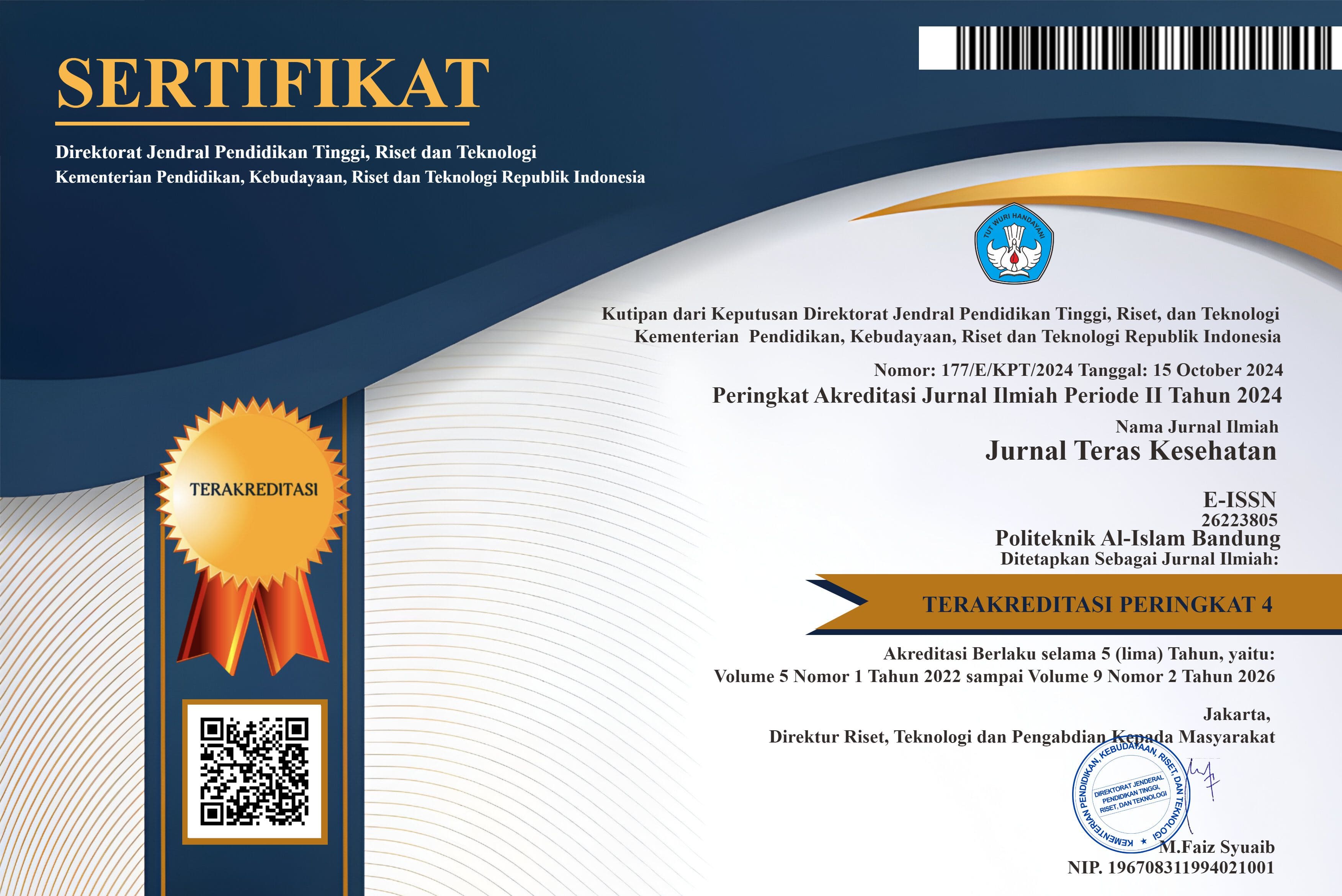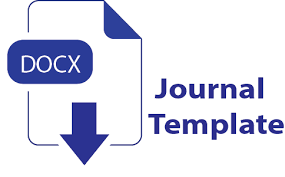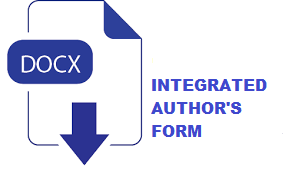HUBUNGAN BERAT BADAN TERHADAP ENHANCEMENT HEPAR PADA PEMERIKSAAN CT SCAN ABDOMEN 3 FASE PADA PASIEN DENGAN KLINIS HEPATOCELLULAR CARCINOMA
THE CORRELATION BETWEEN BODY WEIGHT AND HEPATIC ENHANCEMENT IN THREE-PHASE ABDOMINAL CT SCAN EXAMINATIONS WITH CLINICAL HEPATOCELLULAR CARCINOMA
DOI:
https://doi.org/10.38215/jtkes.v8i2.220Keywords:
Arterial Phase, Body Weight, CT abdomen 3 Phases, Hepar Enhancement, Venous PhaseAbstract
Enhancement of the liver on CT Scan of the abdomen 3 phases. Influenced by various factors, one of which is body weight. Body weight shows an inverse relationship of one to one with contrast enhancement. Body weight shows an inverse relationship of one-to-one with contrast enhancement. Body weight affects the level of enhancement in the vascular and parenchymal areas. Contrast media that is more dilute when administered to patients with larger blood volumes and higher body weight compared to thinner patients. This results in reduced contrast concentration in the blood and lower contrast enhancement This study aims to analyze the relationship between body weight and liver enhancement in 3-phase abdominal CT scans with clinical hepatocellular carcinoma. The study design is an analytical quantitative study using Pearson's correlation test on the average HU values of the liver from three body weight groups. The study was conducted at Persahabatan Hospital from January to May 2024 with 30 samples using purposive sampling. The results showed that the hepatic enhancement value with p-value 0.000 and r-value -0.612 for the arterial phase and p-value 0.000 and r-value -0.629 for the venous phase. Conclusion: Body weight is inversely related to hepatic enhancement; if body weight increases,
Downloads
References
Adibi, A., & Shahbazi, A. (2014). Automatic bolus tracking versus fixed time-delay technique in biphasic multidetector computed tomography of the abdomen. Iranian Journal of Radiology, 11(1), 1–5. https://doi.org/10.5812/iranjradiol.4617
Bae, K. T. (2010). Intravenous contrast medium administration and scan timing at CT: Considerations and approaches. Radiology, 256(1), 32–61. https://doi.org/10.1148/radiol.10090908
de Jong, D. J., Veldhuis, W. B., Wessels, F. J., de Vos, B., Moeskops, P., & Kok, M. (2021). Towards personalised contrast injection: Artificial-intelligence-derived body composition and liver enhancement in computed tomography. Journal of Personalized Medicine. https://doi.org/10.3390/jpm11030159
Feng, S. T., Zhu, H., Peng, Z., Huang, L., Dong, Z., Xu, L., Huang, K., Yang, X., Lin, Z., & Li, Z. P. (2017). An individually optimized protocol of contrast medium injection in enhanced CT scan for liver imaging. Contrast Media & Molecular Imaging. https://doi.org/10.1155/2017/7350429
Jensen, C. T., Blair, K. J., Wagner-Bartak, N. A., Vu, L. N., Carter, B. W., Sun, J., Bathala, T. K., & Gupta, S. (2019). Comparison of Abdominal Computed Tomographic Enhancement and Organ Lesion Depiction between Weight-Based Scanner Software Contrast Dosing and a Fixed-Dose Protocol in a Tertiary Care Oncologic Center. Journal of Computer Assisted Tomography, 43. https://doi.org/10.1097/RCT.0000000000000789
Kim, M., Kang, T. W., Cha, D. I., Jang, K. M., Kim, Y. K., Kim, S. H., Sinn, D. H., & Kim, K. (2019). Identification of arterial hyperenhancement in CT and mri in patients with hepatocellular carcinoma: Value of unenhanced images. Korean Journal of Radiology, 20(2), 236–245. https://doi.org/10.3348/kjr.2018.0339
Legesse, T. K., Getaneh, M. M., & Issa, S. A. (2023). Evaluation of the Practice of Performing Abdominal CT Scan with Manually Administered Fixed Dose of Contrast in Achieving Adequate Hepatic Enhancement: An Institutional-Based Cross-Sectional Study. Radiology Research and Practice, 2023(1), 1–8. https://doi.org/10.1155/2023/9563310
McGlynn, K. A., Petrick, J. L., & El-Serag, H. B. (2021). Epidemiology of Hepatocellular Carcinoma. Hepatology, 73(S1), 4–13. https://doi.org/10.1002/hep.31288
Nadarevic, T., Colli, A., Giljaca, V., Fraquelli, M., Casazza, G., Manzotti, C., Štimac, D., & Miletic, D. (2022). carcinoma in adults with chronic liver disease. Cochrane Library. https://doi.org/10.1002/14651858.CD013362.pub2.www.cochranelibrary.com
Paulo, G., Damilakis, J., Tsapaki, V., Schegerer, A. A., Repussard, J., Jaschke, W., Frija, G., Hierath, M., & Clark, J. (2020). Diagnostic Reference Levels based on clinical indications in computed tomography: a literature review. Insights into Imaging, 11(1). https://doi.org/10.1186/s13244-020-00899-y
Romans, L. E. (2011). Computed Tomography for Technologists : A Comprehensive Text.
Yang, J. D., & Heimbach, J. K. (2020). New advances in the diagnosis and management of hepatocellular carcinoma. The BMJ, 371. https://doi.org/10.1136/bmj.m3544

Downloads
Published
Issue
Section
License
Copyright (c) 2025 Jurnal Teras Kesehatan

This work is licensed under a Creative Commons Attribution-ShareAlike 4.0 International License.
Authors who publish articles in Jurnal Teras Kesehatan agree to the following terms:
- Authors retain copyright of the article and grant the journal right of first publication with the work simultaneously licensed under a CC-BY-SA or The Creative Commons Attribution–ShareAlike License.
- Authors are able to enter into separate, additional contractual arrangements for the non-exclusive distribution of the journal's published version of the work (e.g., post it to an institutional repository or publish it in a book), with an acknowledgment of its initial publication in this journal.
Authors are permitted and encouraged to post their work online (e.g., in institutional repositories or on their website) prior to and during the submission process, as it can lead to productive exchanges, as well as earlier and greater citation of published work (See The Effect of Open Access)










